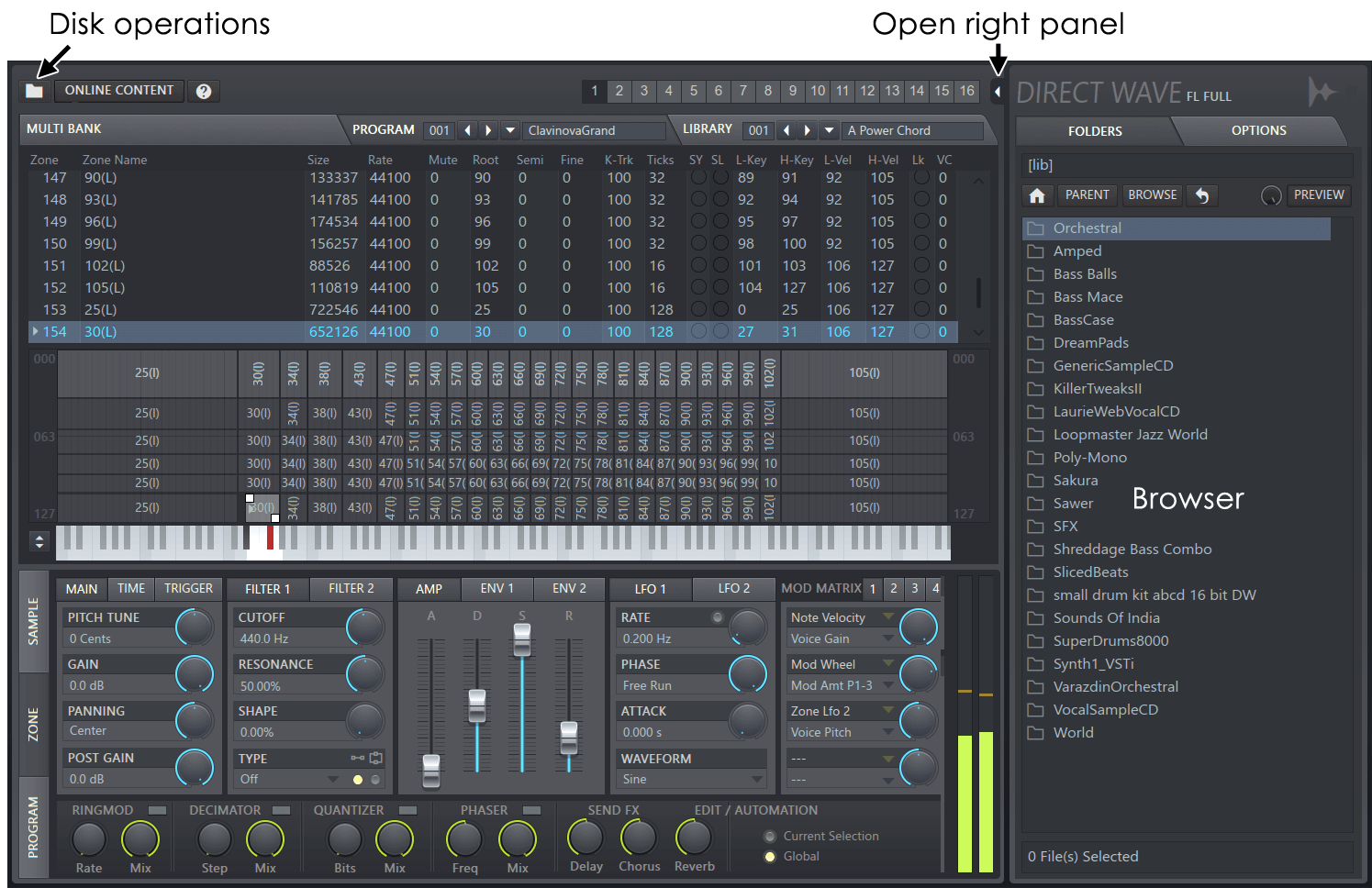

Released in March 1986, Master of Puppets put Metallica on a much larger stage than their first two albums, Kill 'Em All and Ride the Lightning. "And they were the model: independent to major label, land a huge, major tour like they did with Ozzy, play the arenas." They carved such a wide path for all of us," Ellefson says. Megadeth signed with Capitol Records for Peace Sells … but Who's Buying?, but Metallica had paved the way for the thrash signing blitz. During a whirlwind week in New York, he took Ellefson and frontman Dave Mustaine to see Metallica open for Ozzy Osbourne at the Meadowlands and whisked them to clubs like CBGB and the Limelight. Michael Alago, the Elektra rep who signed Metallica, set his sights on signing Megadeth next. " Mötley Crüe, Ratt, Quiet Riot, WASP, the Sunset Strip bands were already enjoying their heyday, and our generation was the next thing to come up the ranks." "Things were brewing - you could tell thrash metal was the next thing up to bat," says founding Megadeth bassist David Ellefson. Metallica were the first band to sign with a major label, joining the Elektra Records roster in 1984. Only a year earlier, record label bidding wars were heating up in the thrash metal scene. While their contemporaries hung out on the chart's lower rungs, Megadeth's Peace Sells … but Who's Buying? would reach platinum, and the albums from Slayer and Anthrax were both certified Gold for half a million albums shipped.

The Big Four of Thrash, as a journalist dubbed them in the '80s, were also charting on the Billboard Top 200, with Master of Puppets, the most successful thrash album from the class of '86, reaching the top 30 and eventually earning six-times platinum sales. Anthrax's Among the Living, which came out in March of the following year, wasn't far behind at No. In Rolling Stone's 100 Greatest Metal Albums of All Time, published in 2017, Peace Sells … but Who's Buying? ranked No. "I recognize '86 as the crowning year for that style, but at the same time, just the beginning of the end in a way."īy 1986, the classic thrash metal bands had fully formed identities reflected in the albums they released that year. "Eighty-six is kind of like tipping point for thrash," says Albert Mudrian, founder and editor in chief of Decibel magazine. Thrash's takeover of heavy metal wasn't complete in the mid-1980s, but its dominance and influence on the genre can be traced to the events of one triumphant and tragic year: 1986.Īn aggressive collision of punk rock energy with a generation's worth of hard rock riffs, thrash metal had already been peeling the paint off underground rock clubs in San Francisco, Los Angeles and New York for a few years when the powder keg exploded with a trio of albums that laid the template for the next decade-plus of metal: Metallica's Master of Puppets, Megadeth's Peace Sells … but Who's Buying?, and Slayer's Reign in Blood.


 0 kommentar(er)
0 kommentar(er)
